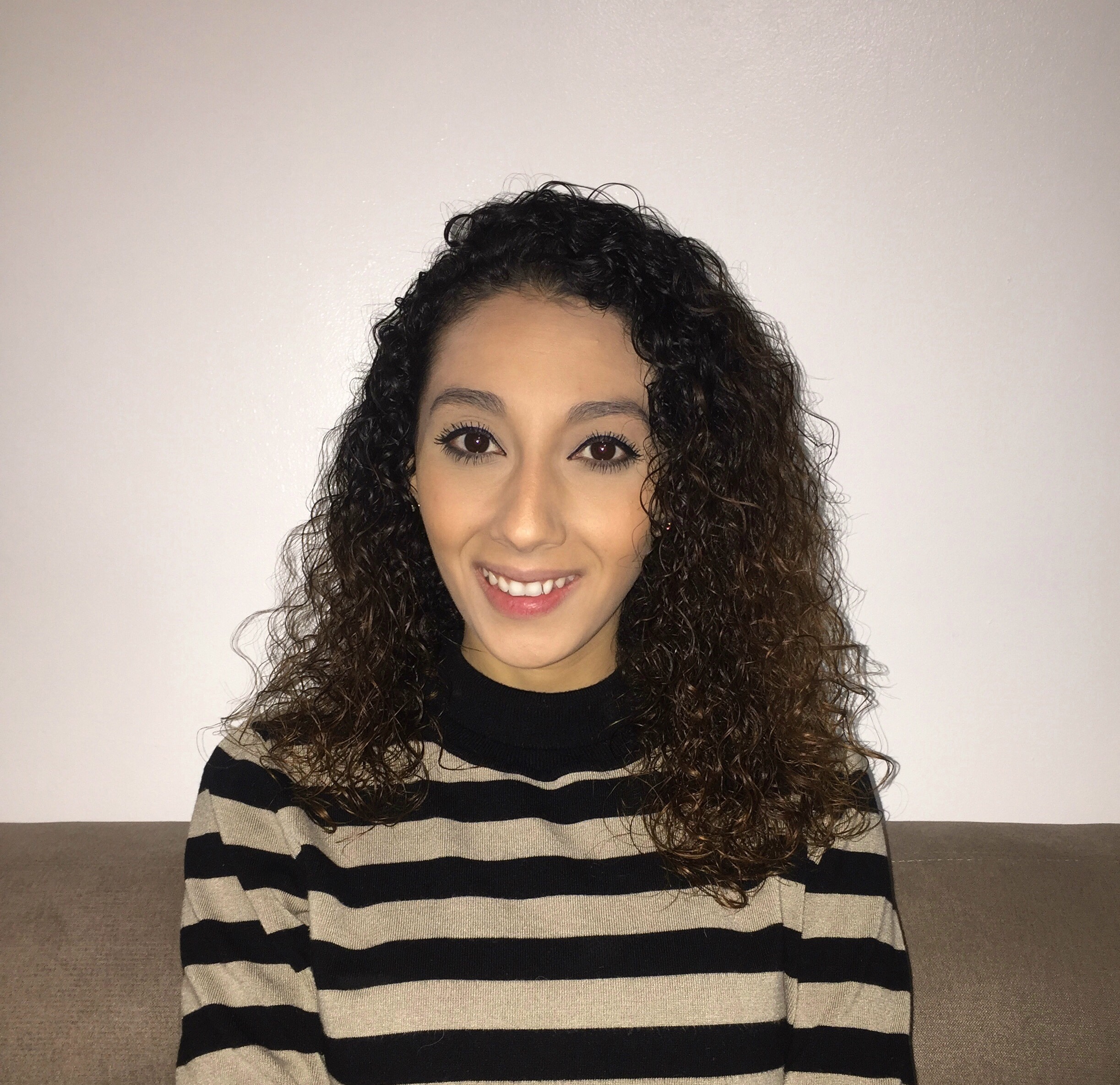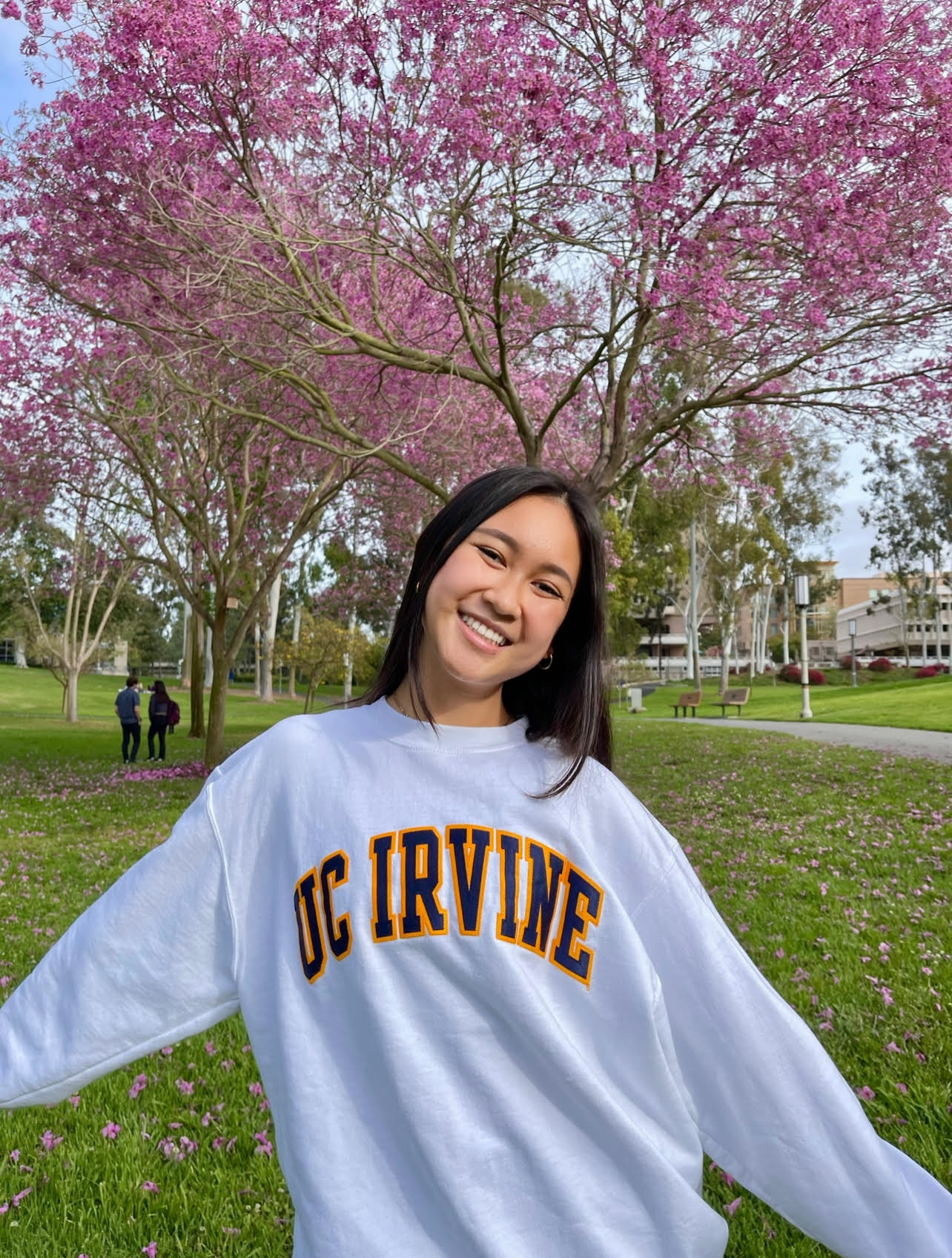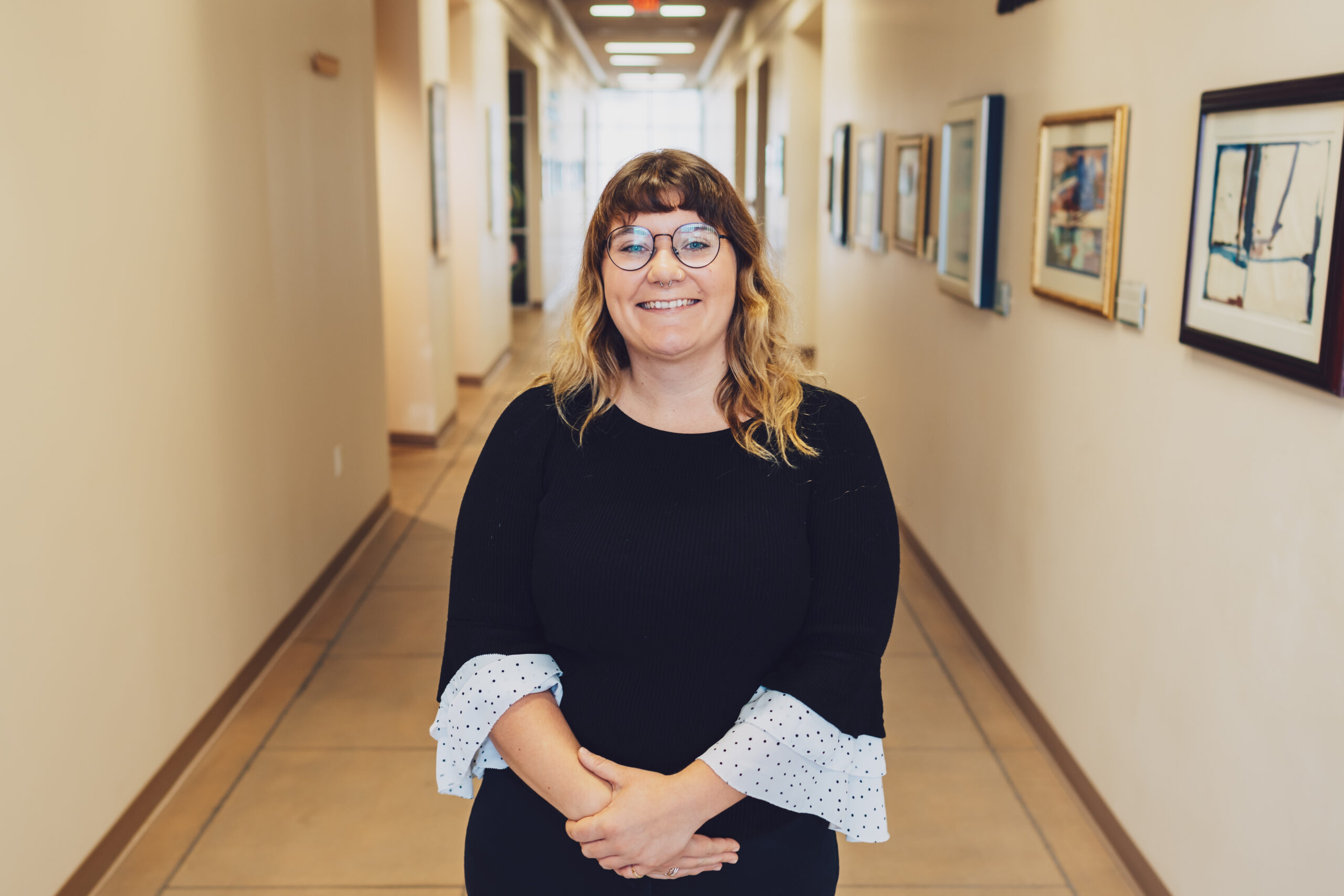Derek Taylor

1. What inspired you to pursue a career in STEM?
I was helped by my father being mathematically inclined as an aviation electronics expert in the United States Air Force. Also being a bit neural atypical, I preferred to read science books instead of story books in grade school, thinking it was useless to learn about fictional characters that only exist between the pages of a book. I am glad that I later learned to love fiction because it gave me a gateway toward developing empathy for people.
2. Why did you choose UCI?
I was drawn to UC Irvine by an announcement for a job which listed knowledge of neural chemistry as one of the requirements. That became my first job, as a neurochemistry consultant to a joint project between UC Irvine Psychiatry and the State Developmental Research Institute studying self-injury in persons with developmental challenges, particularly autism spectrum disorder.
3. Tell us about your work.
Presently, I work as a programmer/analyst for two different departments, UC Irvine Psychiatry and Translational Neuroscience. In addition to maintaining data systems and databases, I program neuropsychiatric assessments used in MRI experiments. My current analytic interests include using machine learning models of MRI of the brain, to show what areas of the brain control the attention processes, while examining how relevant brain structures are changed by exposure to childhood adversity and the development of depression.
4. What accomplishments are you most proud of?
I designed an experiment to demonstrate that acidosis acts as a trigger to beta-endorphin release during exercise, which I later published as a first author in the American Journal of Applied Physiology. I have also maintained a keen interest in biological mechanism behind major depression, after losing a close friend to suicide, so I was pleased that a study of neural anatomical predictors of suicide completion, for which I designed the analysis, was published in the first issue of Translational Psychiatry. I have come to accept that scientific publication will not get me on the cover of Rolling Stone magazine, but I am pleased that my spatial parametric maps of brain changes of post-concussion blast veterans after treatment with hyperbaric oxygen made the cover of the Journal of Neurotrauma.
5. Can you speak to the importance of diversity and representation in STEM?
Representation goes way beyond just not being the only black person in the room at a scientific conference, which I experienced numerous times in my early career. Representation is critical in medicine because still persistent are the biases, sometime subconscious, medical professionals act out toward people who don’t look like them. I had a near death experience, with MRSA, that almost went undiagnosed because, the practitioner I saw assumed I was malingering when I presented with symptoms of infection. I just camped out in the exam room repeating my symptoms (wound in foot, induration around wound that was warm to the touch, pain streaking up leg ending at swollen gland on same side of the body, and a fever of 102 when my normal body temp is 96.4) until the practitioner agreed to do a culture and give me antibiotics. Three days later the practitioner’s office was calling me repeatedly because I had tested positive for MRSA, but I no longer needed them because I had managed to survive, I had aches down to the bone for two days, but I survived. Sometimes it is with good reason that people of color or minority ethnicity are distrustful of the medical community.
Science is not unlike other professions or areas of endeavor, wherein people tend to associate with people with whom they identify. When I was an undergraduate most of the professors in my department were of the same cultural identity. This, often subconscious bias, has limited research opportunities for minority students. It also can prove a disadvantage in conducting research. Both of my departments have grants to study pathologies that disproportionately effect the black and Hispanic people. However, last year I got caught in a bidding war, because I was the only black person on staff between my two research groups that could be present to represent at the Orange County Black History Parade and Unity Fair. Seeing people who look like them at medical facilities and research labs is key to overcoming the barriers of cultural mistrust that hinder people from minority groups in participating in their own medical care and research.
6. What advice would you give to young black students interested in pursuing a career in the sciences?
Work with good people. I am still benefitting from being part of the UC Davis Department of Psychiatry Neurochemistry Lab and having Dr. Dorothy Winter Gietzen as my mentor. Through her I got the opportunity to get the California Association for Biochemistry Research fellowship. Having that experience got me the opportunity to work with Dr. Curt Sandman of UC Irvine Psychiatry. Dr. Sandman gave me enthusiastic support allowing me to design my own experiments and publish as a first author.
When applying for graduate school, make sure you chose a lab where the professor is interested in developing you. Speak to other graduate students in the lab. Make sure they are being supported and encouraged to publish their own work and present that work at scientific conferences. Work with the kind of mentor who will get as excited about developing your ideas as he is about having you work on his research projects.
7. Can you speak to the impact of technology on your work and how it has changed in recent years?
My career has been all about technology. First, I gained value in the neurochemistry lab not just because I learned HPLC, but that my innate mechanical ability allowed me to service the machines. However, my first publication at UC Irvine was a computer data acquisition program wherein I leveraged what I learned from my one undergraduate programming course. I again leveraged that skill during six years working at the Department of Veterans Affairs Cooperative Study program as the national coordinator and head of central lab for a study involving thirteen hospitals around the nation. During that period, I used my programming skills to develop my own EMR to maintain accountability between me and the Chairman, a physician, regarding clinical decisions I made. Also, I used computer tech to transfer data to our statistical center. After six years at the VA, I interviewed for two jobs at UCI, one as a programmer and one as a chemist doing research that was like a follow-up to what I previously published regarding beta-endorphin and exercise. After two interviews for each position, I chose the programming job at the Brain Imaging Center, because programmers at the time got paid about $13K more per year than chemists.
8. Can you tell us about a role model or mentor who has been influential in your career as a scientist?
I knew I had the job with UC Irvine Psychiatry and the State Developmental Research Institute when half-way through the interview the topic of discussion with the director, Dr. Curt Sandman, had turned to skiing. I had asked about a picture behind his desk of him with his wife and one of his daughters on a mountain in ski gear. From that I found out we had in common having taken a ski season sabbatical at some point in our lives. Dr. Sandman was very interested in me given my neurochemistry experience. He also identified with me as an athlete, given that I had competed on the UC Davis Wrestling team. However, as someone who had been active in the Civil rights movement at Louisiana State University around the time when they got their first black graduate student, he was enthusiastic about finding a fully qualified black candidate for a position in his lab. Lab meetings with The Sandman were the best, because my insights and theoretical contributions were given the same weight as graduate students, postdocs, physicians, medical students, and research psychologist sitting around the table discussing ideas. When I came up with my own research proposal The Sandman connected me with colleagues who could help me actualize it. Showing complete confidence in me, he made me PI and lead author of the project which was eventually published in the American Journal of Applied Physiology. However, a big plus was that Dr. Sandman was founder of the Winter Neuropeptide Conference that met the second week in February in Breckinridge Colorado, so for the investment of presenting a poster I got an expense paid ski trip each year during the five years I worked with him.
9. What is your favorite hobby or activity outside of work?
Currently my lead hobby is as a writer, as I am busy promoting my third book, an illustrated allegory for children, A Gift for a Special Child, currently under consideration for the Coretta Scott King Book Award.




